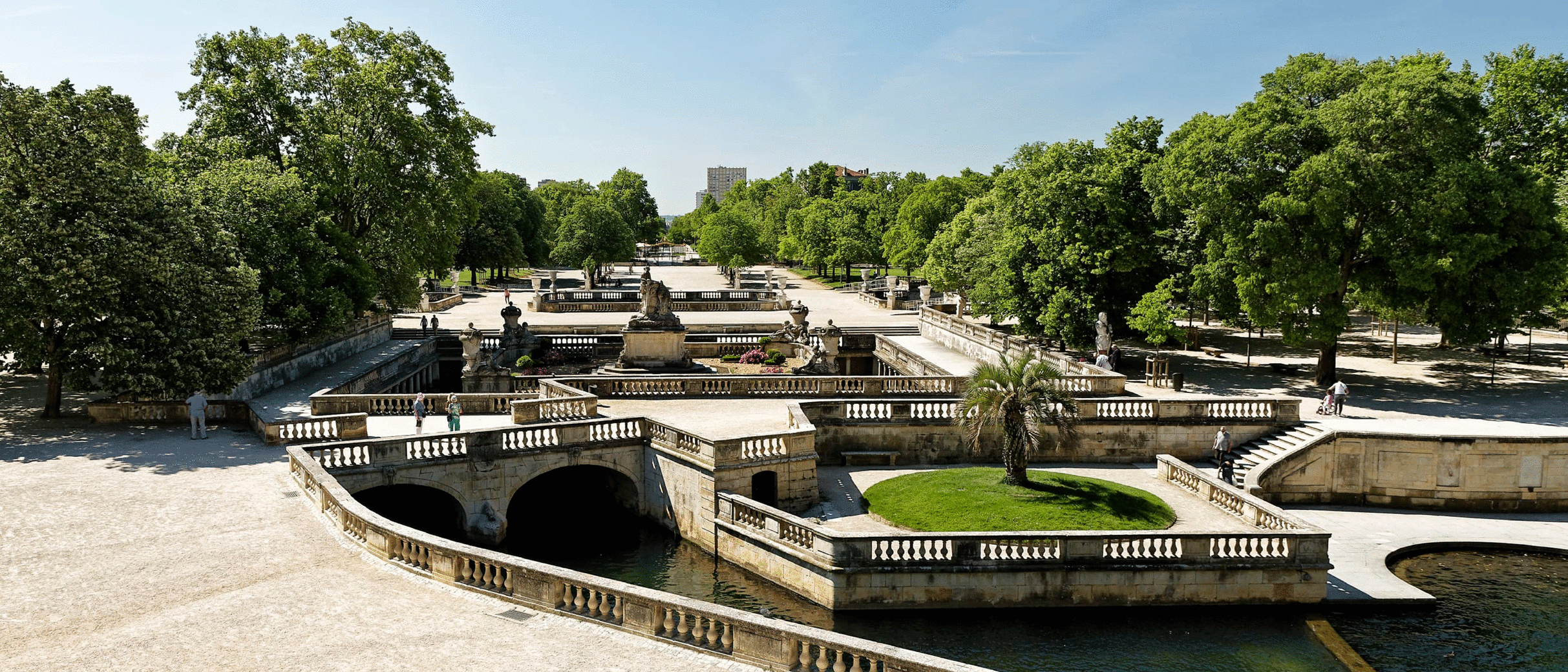
The inaugural edition of the Contemporaine de Nîmes triennial pairs young talents with established artists to create a dialogue with the city.
The Contemporaine de Nîmes initiated by the City of Nîmes in 2024, is a timely arrival. It recalls the enduring ties of this city, also known as the French Rome, to the forefront of modernity. Indeed, as early as the 1950s, Jean Bousquet, former mayor and founder of Cacharel, and Bob Calle, art collector and father of Sophie Calle, envisioned a major contemporary art museum here and established its collection in 1986. Four years later, they invited the American artist Julian Schnabel to create monumental works at the Maison Carrée, one of the oldest and best-preserved Roman temples, which had been previously closed to the public. Simultaneously, leading architects and designers such as Jean Nouvel and Philippe Starck contributed to the city’s renewal and Norman Foster was selected to design the Carré d’Art – Musée d’art contemporain, which opened in 1993. Today, this glass building faces the ancient Maison Carrée, emphasizing an essential element of the city’s identity: the links between past and present, heritage and creativity.

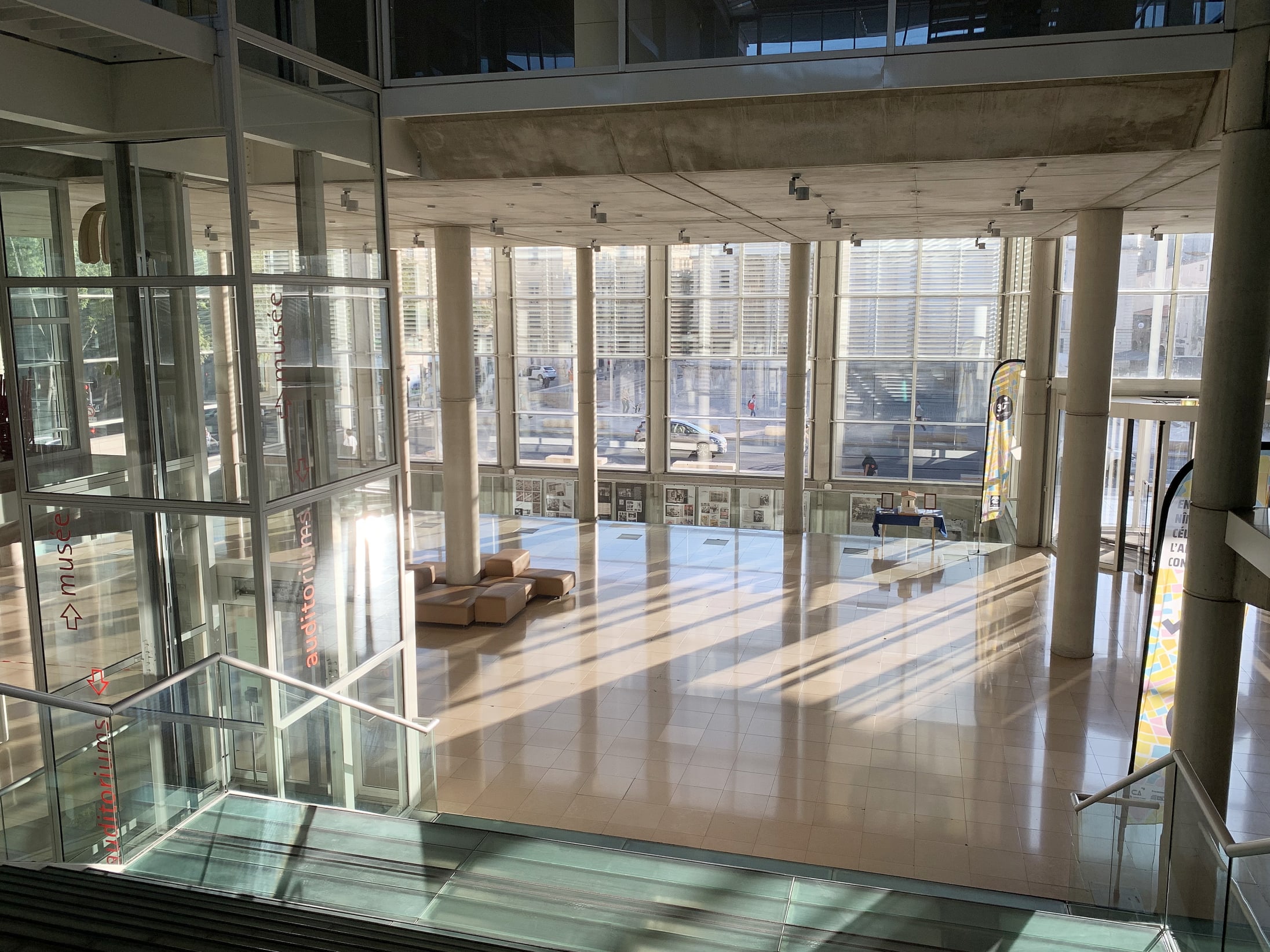
The inaugural edition of the Contemporaine de Nîmes, which runs from April 5 to June 23, 2024, is framed within this context. Its organizers made a bold choice by entrusting the artistic direction of the first two editions to a duo of young French curators, Anna Labouze and Keimis Henni, known for founding Artagon in 2014, an association dedicated to providing residencies, support, and training venues for emerging artists in the Paris suburbs, Marseille, and near Orléans.
The curators chose to build their project around a general theme that questions the current youth, its concerns, and its relationships with preceding generations. Entitled ‘Une nouvelle jeunesse’, the inaugural edition explores the notions of heritage and transmission. With a desire to create a unique dynamic throughout the city, their project revolves around a large exhibition presented across museums, cultural venues, heritage sites, and public spaces.
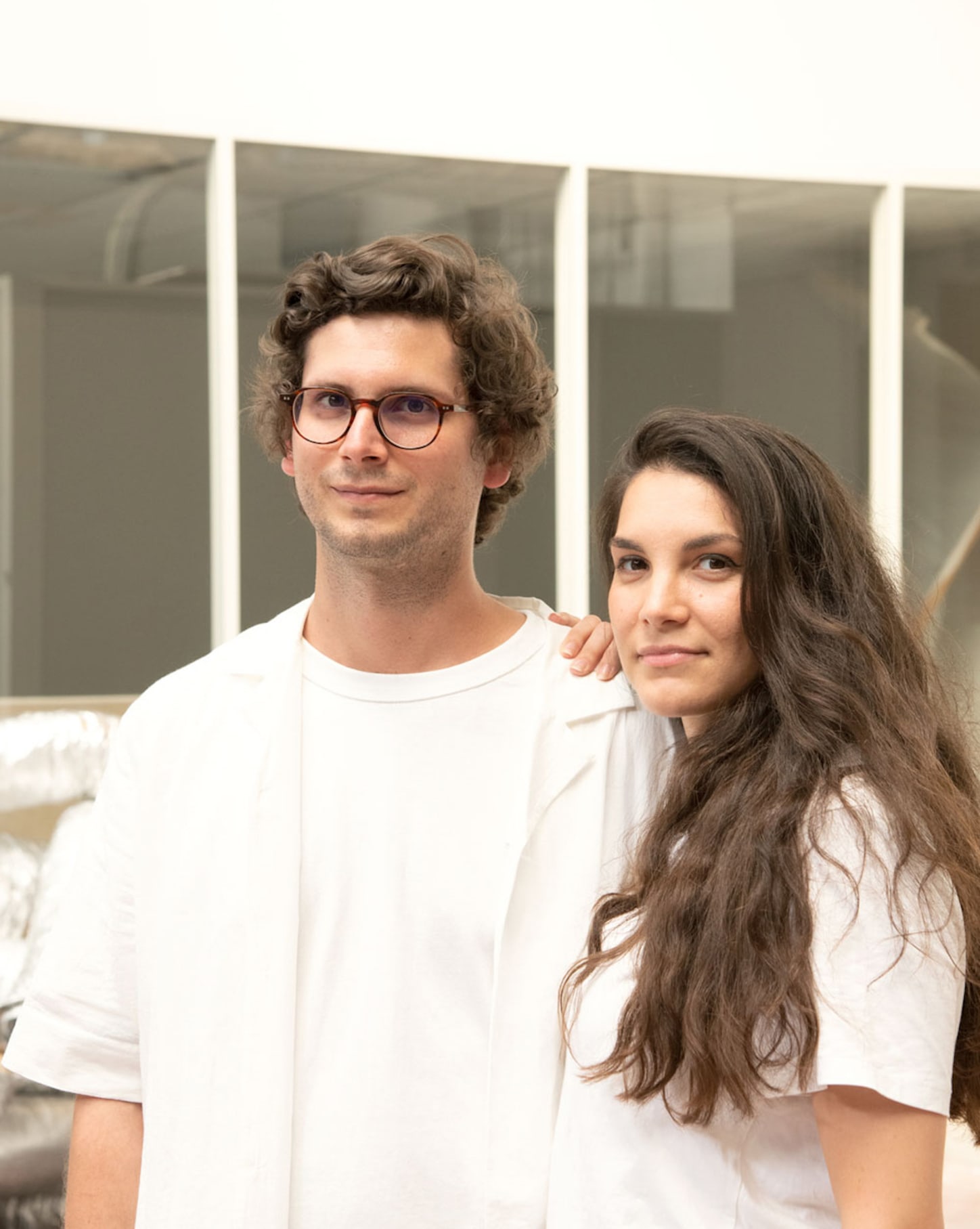
Titled ‘La Fleur et la Force’, in reference to the flower and the strength of age, the main exhibition brings together 12 projects created by 12 intergenerational artist pairs. The curators invited emerging artists who, in turn, selected recognized or even historical artists who represent foundational figures in their artistic journey or maintain aesthetic and/or theoretical affinities with their work. Each pair is exhibited in a particular location and has been connected with a specific group of Nîmes residents such as school pupils or members of an association. For example, at the Musée de la Romanité, the artist and filmmaker Valentin Noujaim (b. 1991, France) presents a video work entitled Les trois visages d’Héliogabale created in collaboration with the artist Ali Cherri (b. 1976, Beirut), with the participation of high school students specializing in cinema. A Roman emperor erased from history, Heliogabalus, is the protagonist of this work shot in Nîmes, on the archaeological site of the Temple de Diane. Cherri created the three masks that appear in the video which are displayed as a mirror image of the exhibition set-up. Caroline Mesquita (b. 1989, Brest, France) and Laure Prouvost (b. 1978, Lille, France) have jointly created, in collaboration with students from a kindergarten, a monumental and interactive sculpture that works in conjunction with the fountain on the public square in front of the school. Bee be mon manège combines brass characters made by Mesquita with the words of Prouvost and only works when several people activate it, bringing it to life.
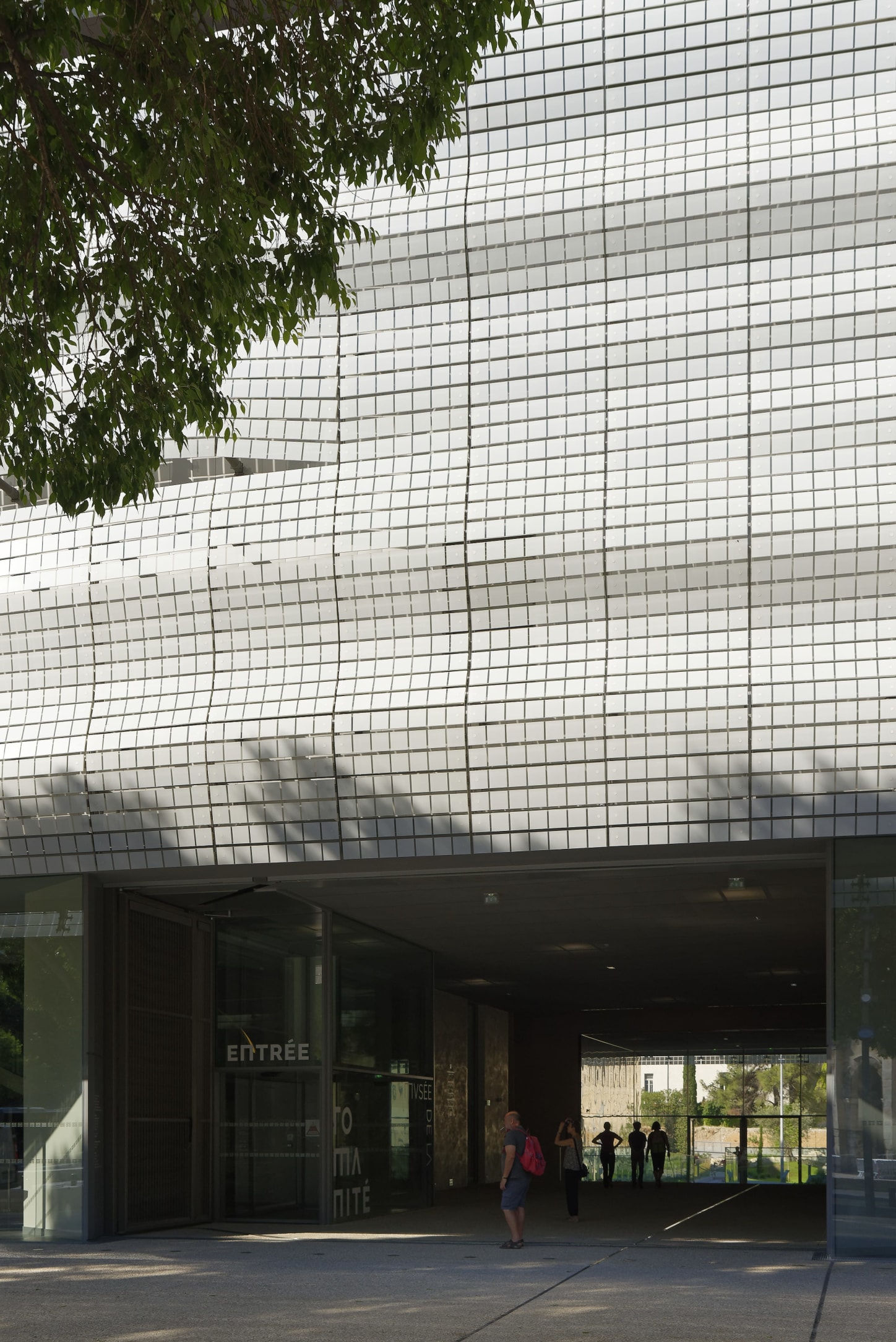
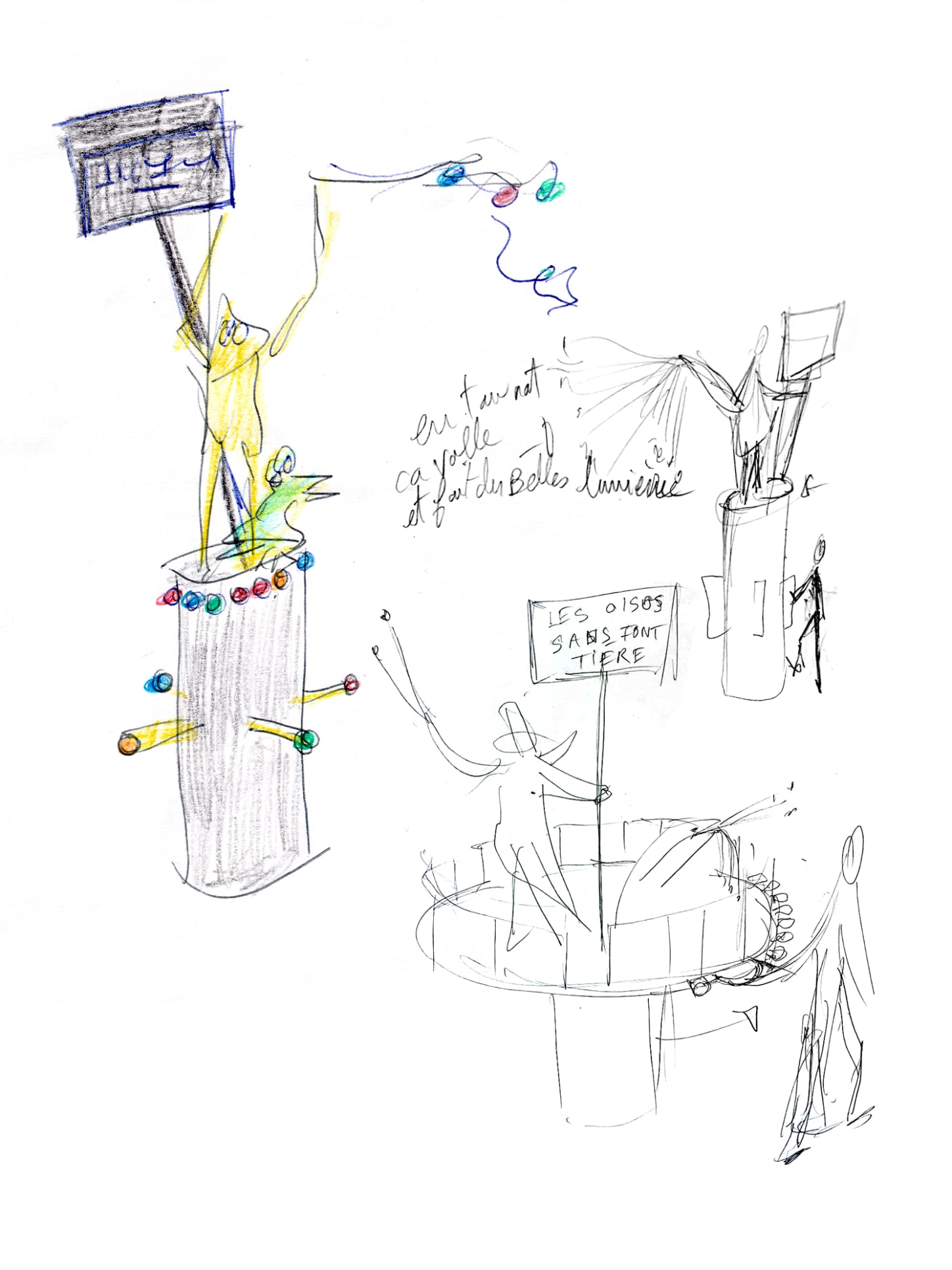
Labouze and Henni also wished to highlight an artistic scene that is not so much global as local, regional, and national, and to present artists from all backgrounds. The Carré d’Art thus hosts Oracle Museum, a work conceived by an artist born in Nîmes who graduated from its school of fine arts, Hugo Laporte (b. 1990, Nîmes), and Katja Novitskova (b. 1984, Tallinn), with the participation of young people from the École de la 2e Chance. They have formed a proposal for a museum and archaeological institution of the future by bringing together what could be the artifacts and traces of a humanity to come, grappling with increasingly threatening ecological, technological, geopolitical, and cultural issues.
Also at the Carré d’Art, Alassan Diawara (b. 1986, Belgium) exhibits a series of photographs he took during a long residency in Nîmes and its surroundings, which allowed him to meet numerous individuals and groups making up the local social fabric. His images show slices of life and manage to convey the realities, imaginations, and aspirations of the youth of the Gard and Camargue regions of France. They are presented in dialogue with a set of works by Zineb Sedira (b. 1963, Paris) in which she explores the subject of family and cultural transmission.
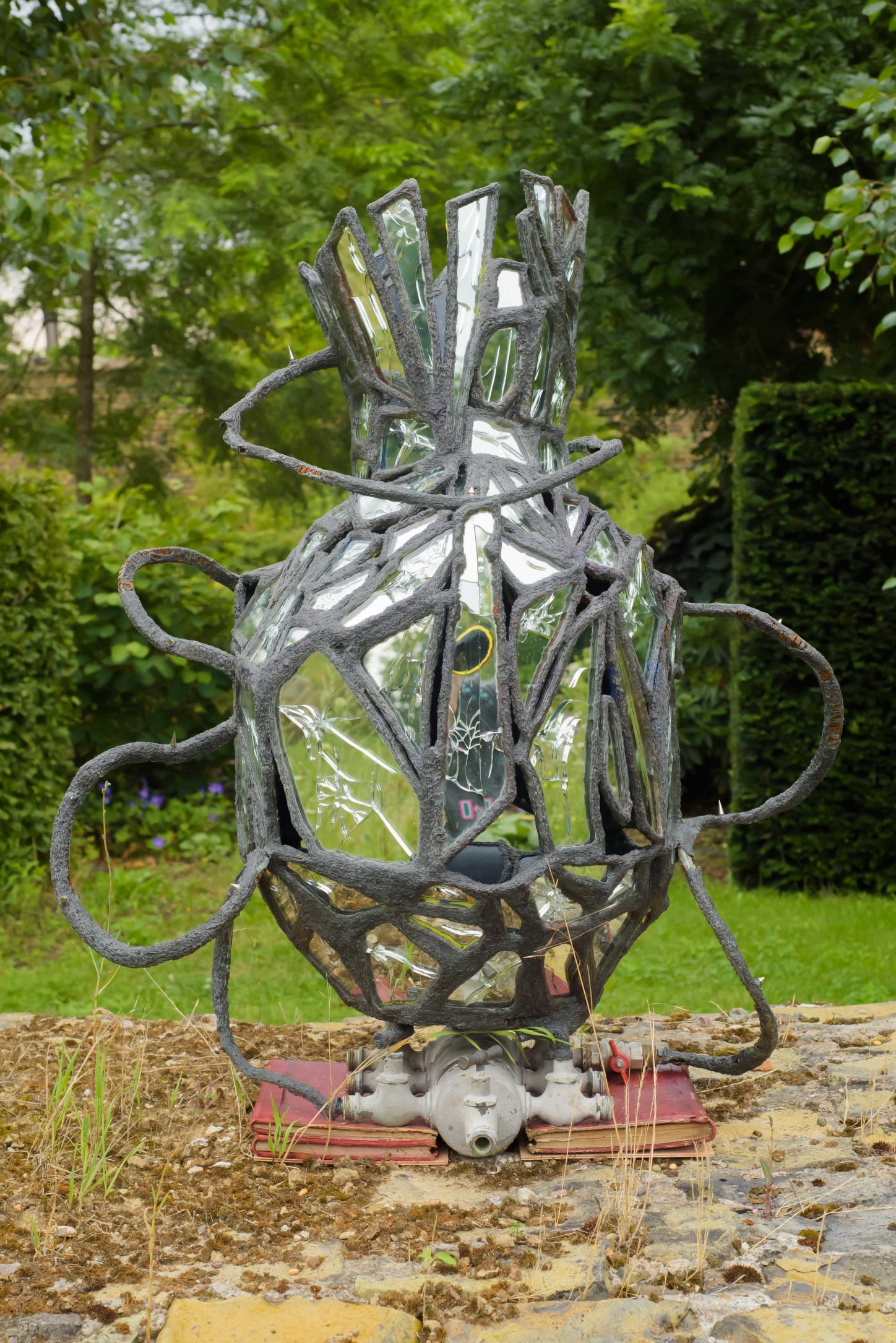
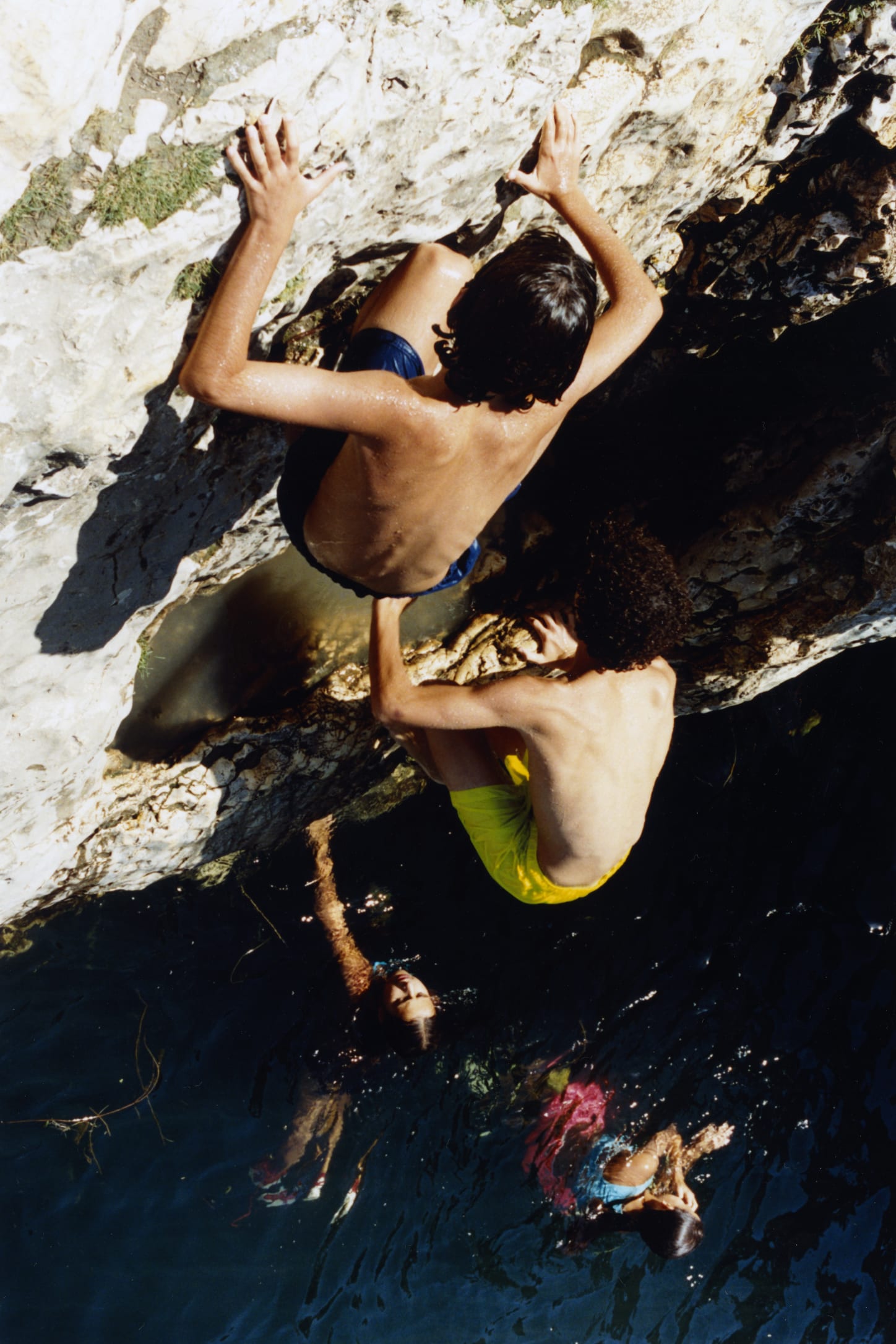
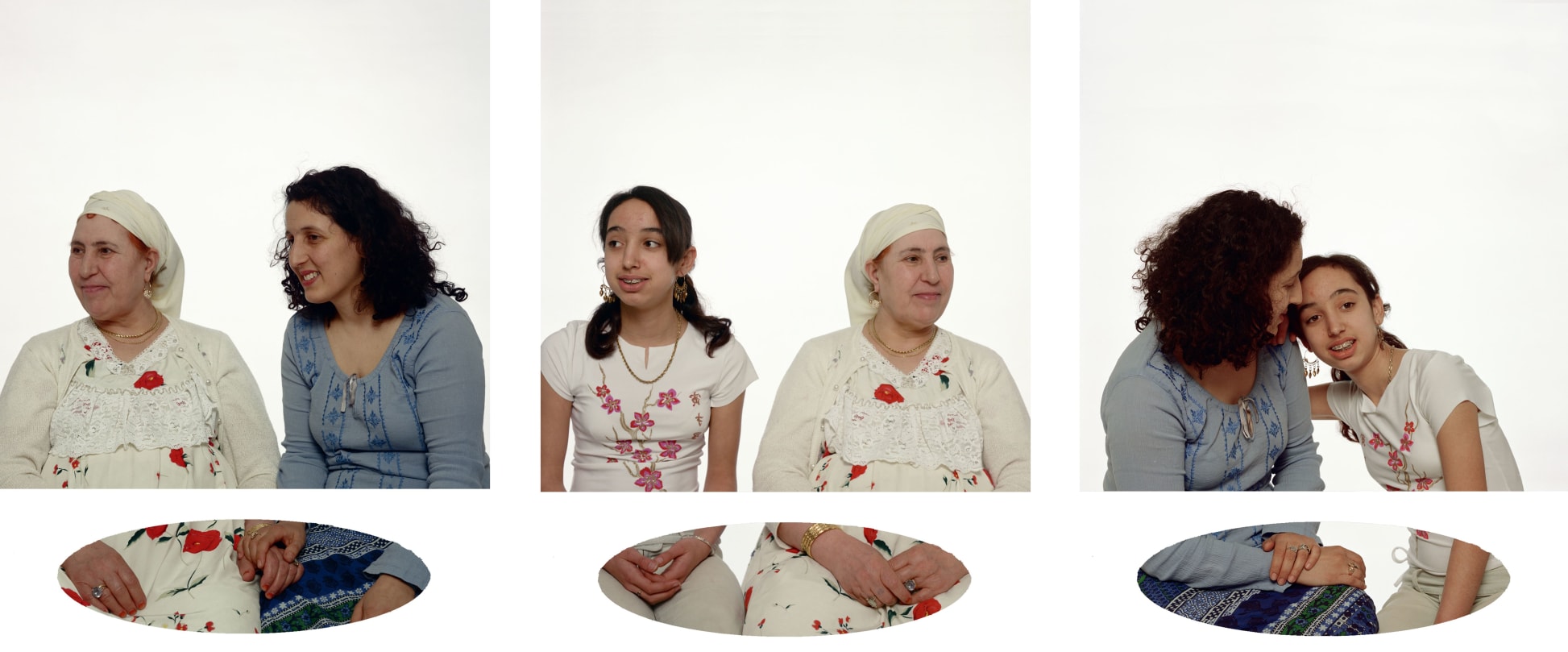
The triennial will be accompanied by numerous events showcasing live and performance arts, including three major weekends of programming with, among other highlights, a giant disco in the arena with Aïda Bruyère (b. 1985, Dakar) and Barbara Butch (b. 1981, Paris), a festival organized by Mohamed Bourouissa (b. 1978, Blida, Algeria), and a large-scale game with Dimitri Chamblas (b. 1974, France) and around 30 amateur performers and dancers in an elementary school.
Thus, by inviting artists of all generations, from all backgrounds and fields of creation, and by presenting new works produced within the framework of the triennial, often with enough time to allow a real encounter with the city’s inhabitants, La Contemporaine de Nîmes offers an interesting model of an event designed for and with the specific location in mind.
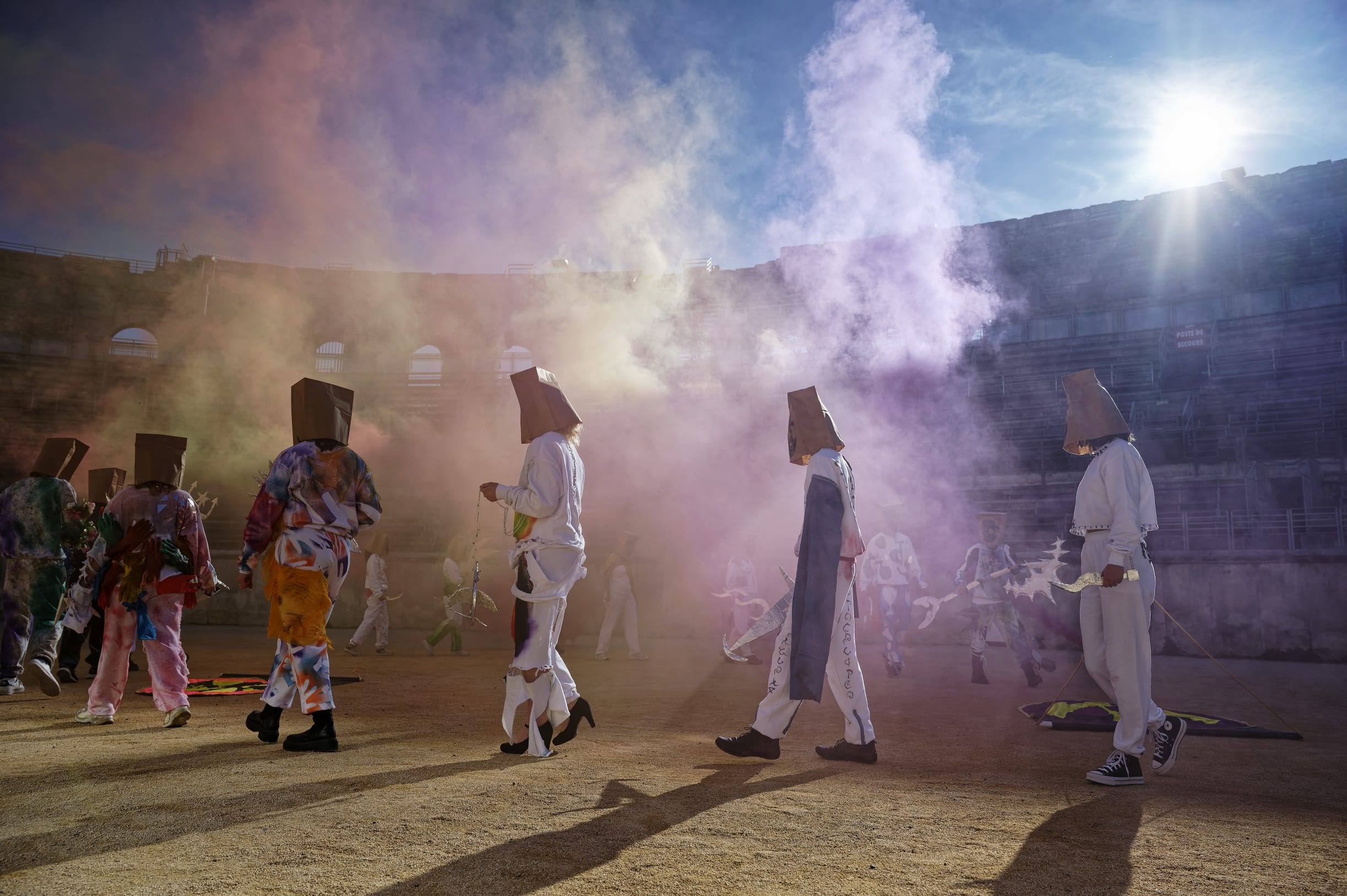
Contemporaine de Nîmes
On view until June 23, 2024
Florence Derieux is an art historian and curator. Published courtesy of Art Basel.



Leave a Reply